Julie Poly
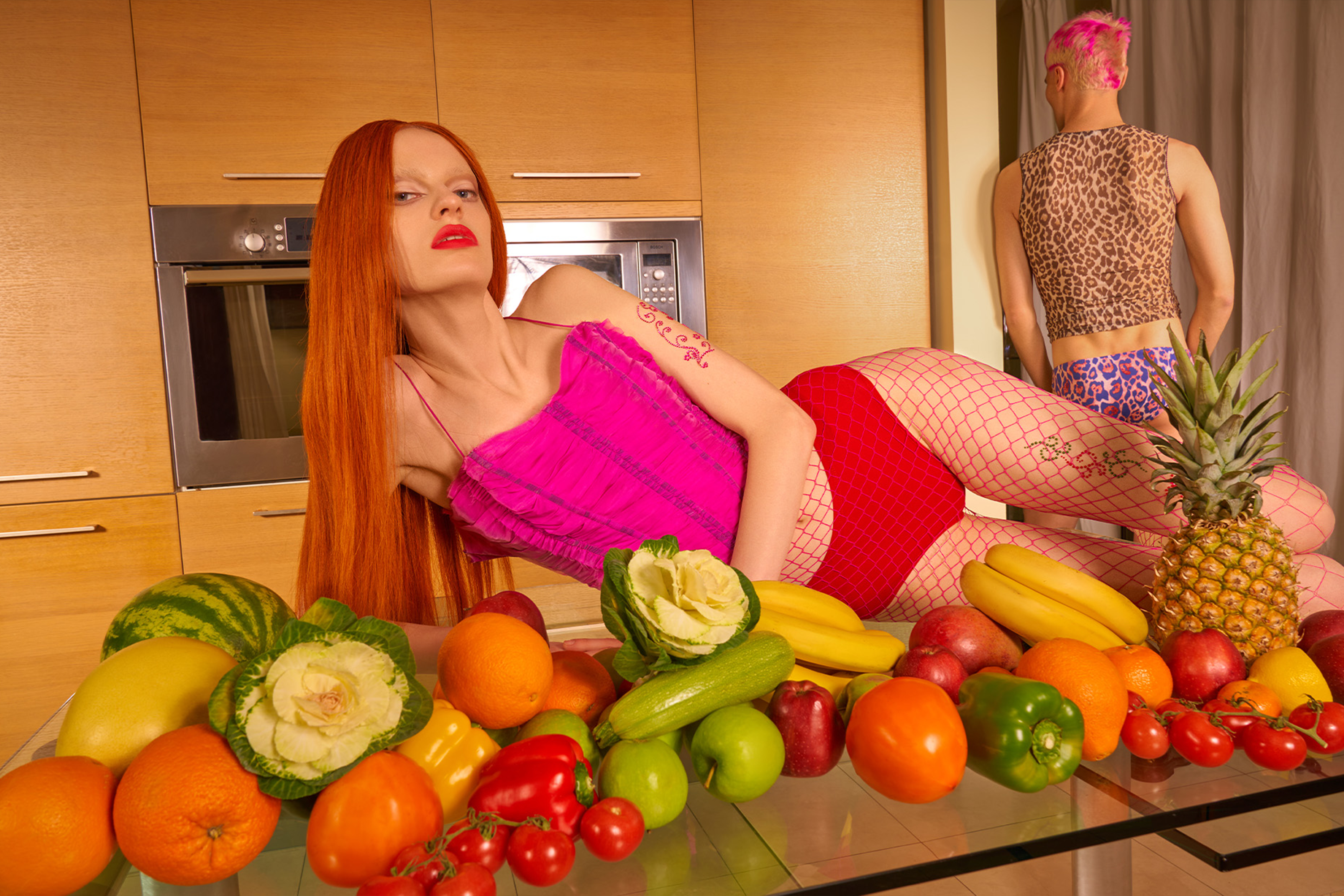
MIISTA FRI FEB 18 2022
“This shoot is a post-ironic comment on the glamor of Y2K”, says Ukrainian photographer Julie Poly – “it’s a story built on the fashion and aesthetics of the 2000s.”.
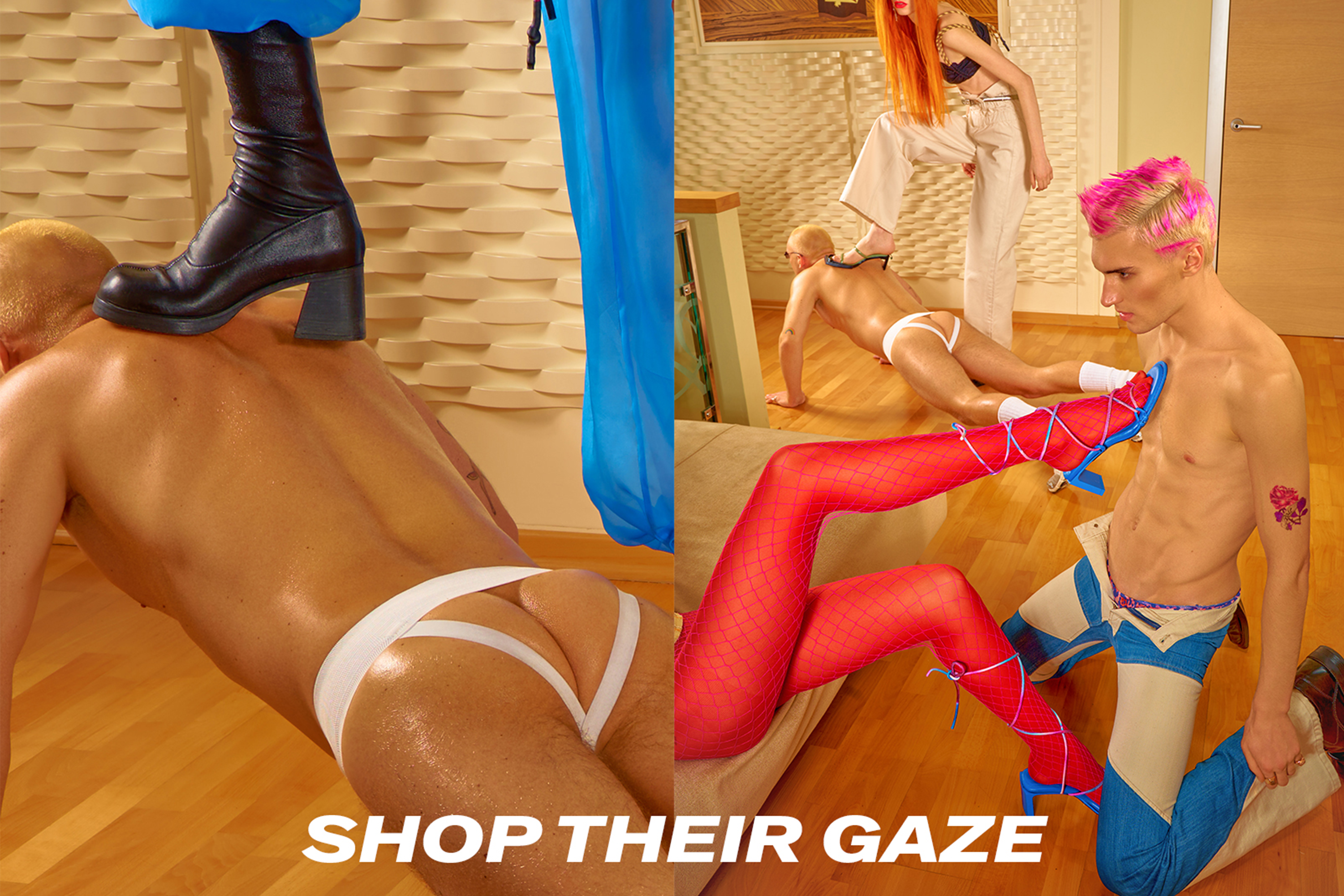
In this photo series, the feminist photographer toys with the tensions between the domestic and women’s identity in Ukraine through a fluoro fashion viewpoint. Fusing her nostalgic lens that taps highlights of the 1990s and early 2000s, she presents contemporary Ukrainian womanhood with glitchy noughties moods.
“In the 2000s, glamorous photo shoots usually took place in fancy cottages and mansions, luxury apartments and hotels”, Julie says – “we decided to approach this theme with irony, so we had a similar glam party, but in a typical 'fancy' Ukrainian apartment.”. It’s a subject Julie knows well. Growing up in Ukraine, she came of age in a time of significant change for women, whilst also maintaining a die-hard love for opulence and expression through glamor and fashion.
She wanted to spotlight the “Even as women make strides, the attitudes and cultural beliefs still remain in some areas of society”, she says of coming of age in Ukraine only a few years after the country became dependent from Russia in 1991.
In November 2021, Russia mobilised a reported 100,000 troops to the Ukraine–Russia border. This act has had a huge impact on the lives of women in the country, something that Julie highlights in this series. “The political situation affects my art practice directly. I think it’s in artists’ nature to reflect on the climate they live in”, she says.
Still based in the capital city, she believes that in times of political struggle, artists can do some of their best work. “For instance, now I’m working on a new project about Stanytsia Luhanska, a pedestrian crossing checkpoint between Ukraine and the occupied territories, where all trafficking of temporarily displaced people is concentrated, as well as the cultural heritage of the eastern region. The purpose of the project is to draw public attention to the problems of migrants and people who remained in the occupied territories; and talk about Luhansk and Donetsk regions as culturally rich regions.”.
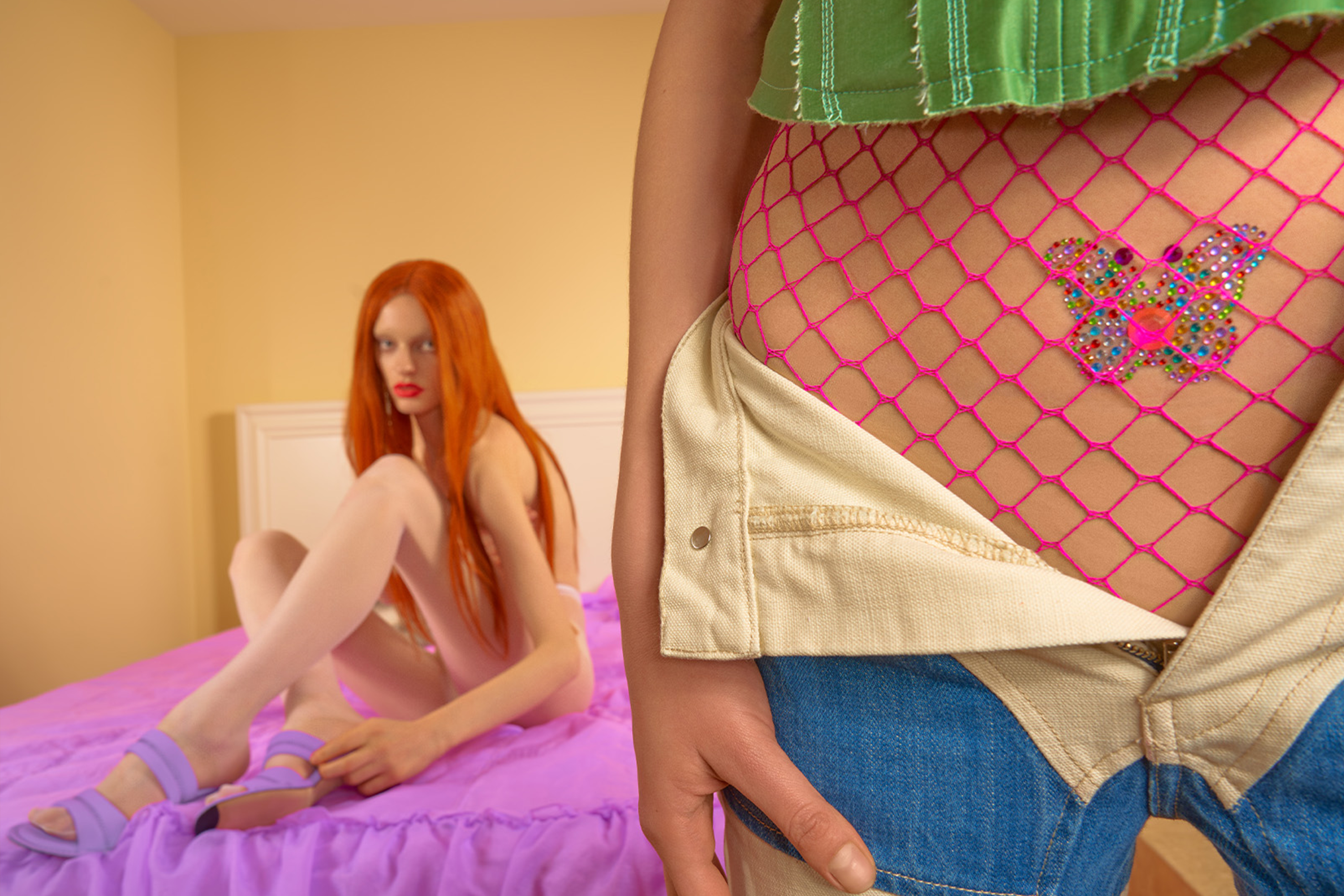
In a recent survey by the United Nations, they found that “the on-going conflict in eastern Ukraine has deepened gender stereotypes that emphasise men as protectors and heroes and women as caring supporters, and limited women’s engagement and involvement in conflict resolution.” It’s this tension between change in laws – Ukraine has ratified has the Convention on the Elimination of all Forms of Discrimination against Women — and societal attitudes that Julie uses her sleek lens to examine in her photo series.
With their subtle power struggles, prevailing mood of glamour and a commitment to the power of fashion, Julie’s photographers offer a rare relic of a crucial time in history for Ukrainian women. Her favourite photo is the ensemble image depicting the strain women face in a country where women’s rights collide with deep-seated societal attitudes. “You can tell the story and narrative with photography”, she says, “It is a multilateral art — and it is its main power.”.
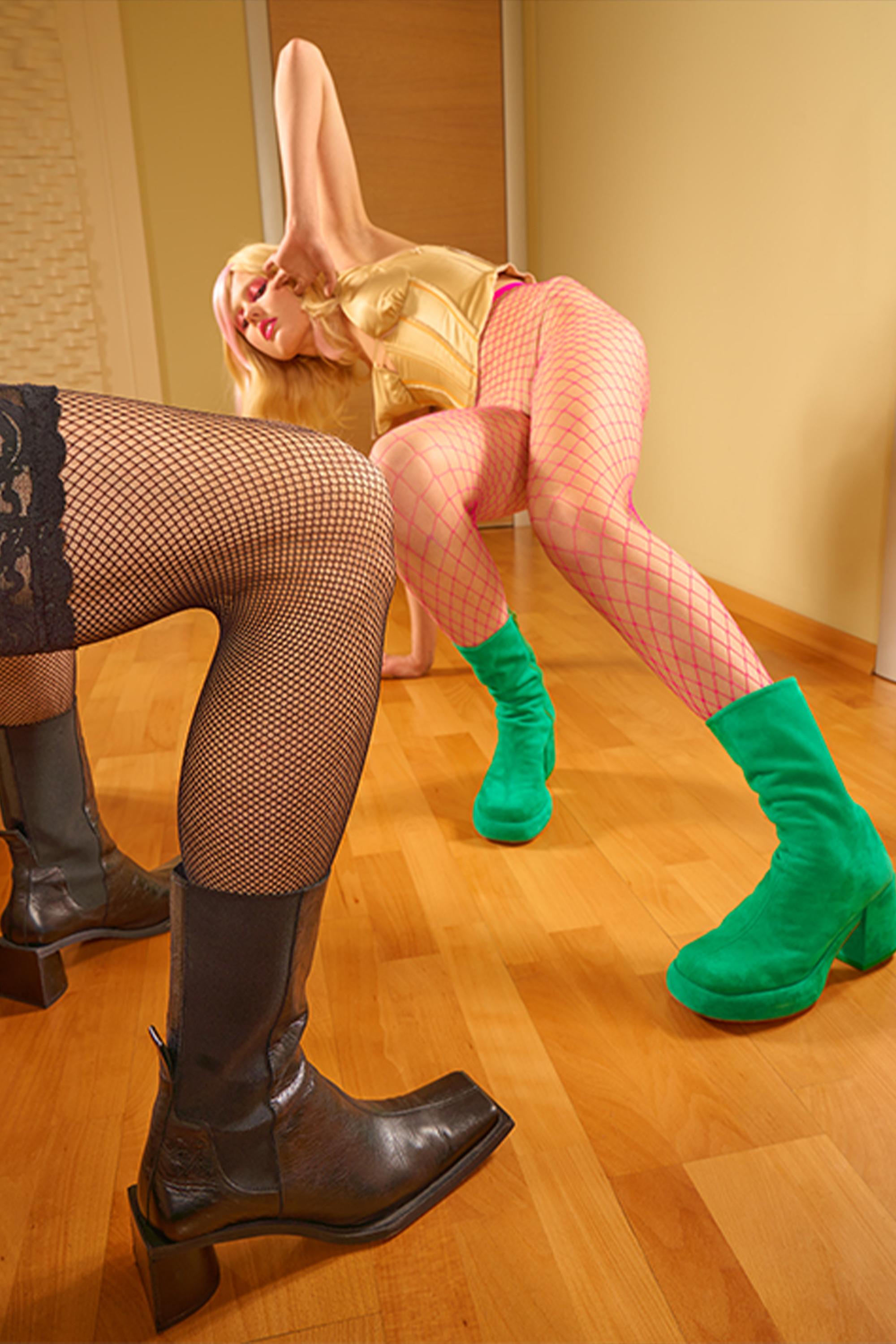
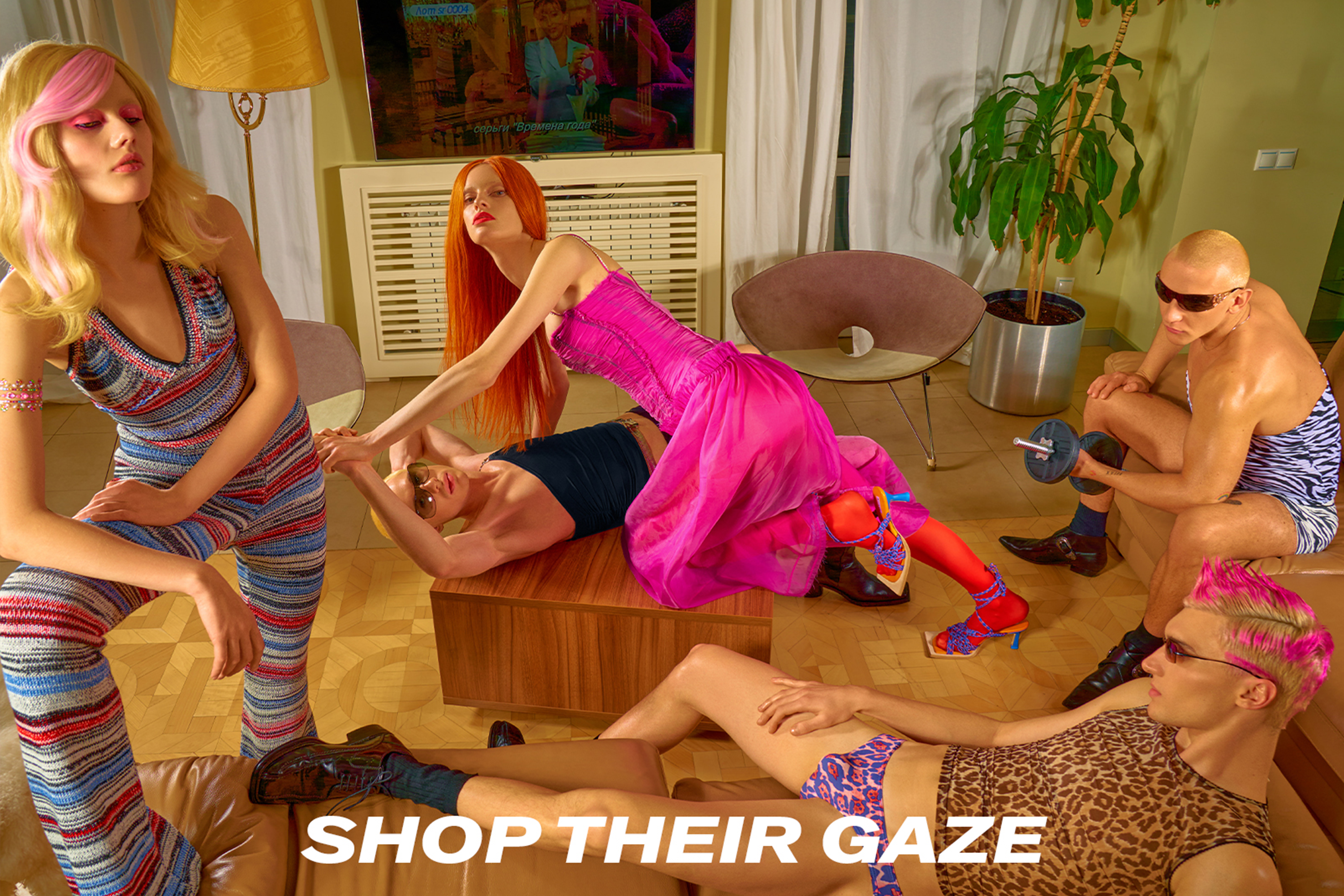
Credits
Photo: @julie_poly
Styling: @stassoulkeeper
Makeup: @sasha_nosikova
Hair: @tymoti_beauty
Retouch: @olgasergeenko.photo
Production: @marinashulikina
Models: @kostiantynomelia, @andrruxa (@wildhuntersagency), @juliettepolieva (@catb_agency), @moremi______ (@catb_agency), @vadimzemlyanoy (@catb_agency)